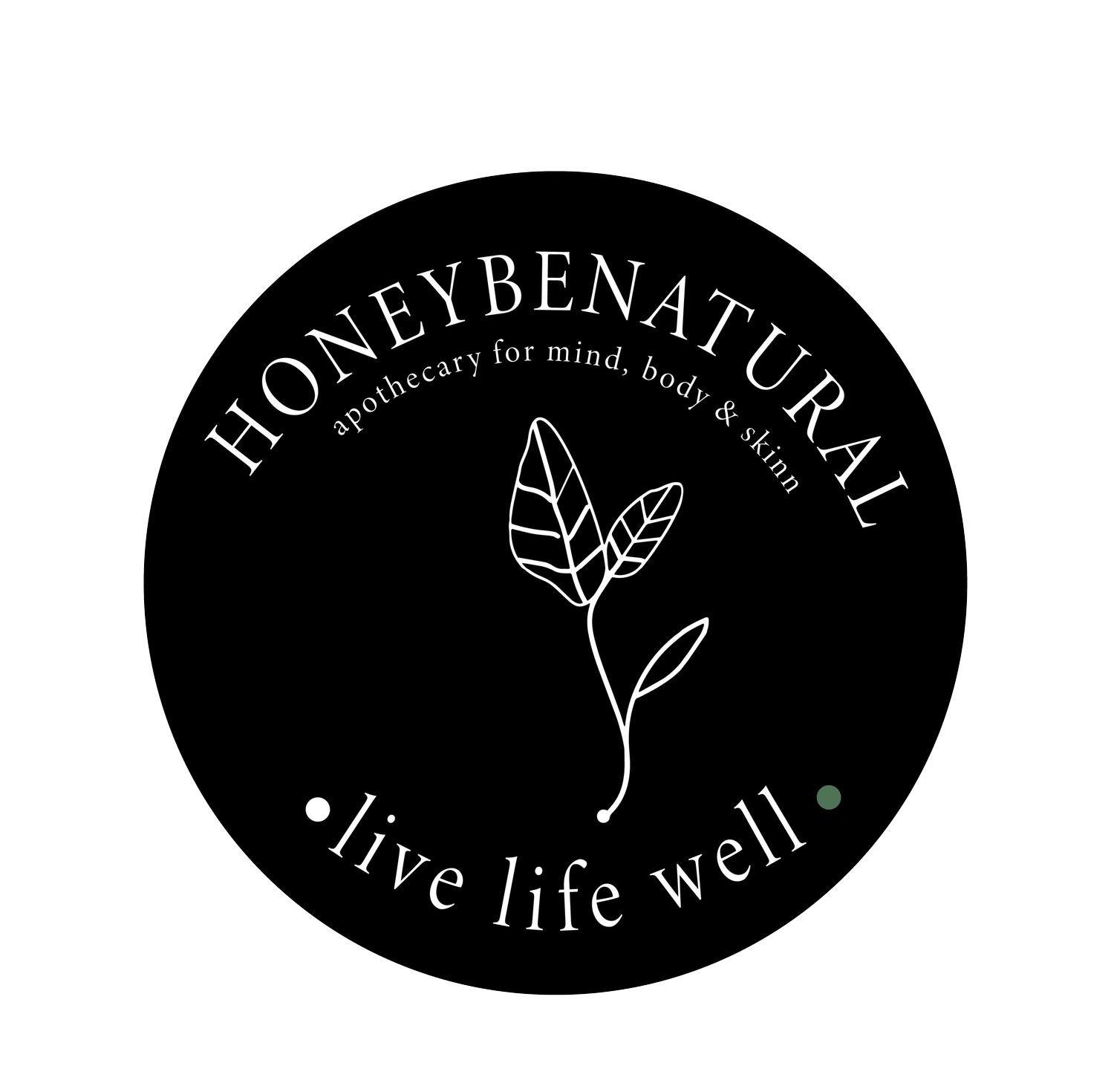How Black People Pioneered Herbalism and Rhythm
In the heart of every drumbeat, in the steam rising from a herbal brew, and in the rituals passed down through generations, lies a deep and sacred truth: Black people have always been at the forefront of healing and harmony. From the ancestral lands of Africa to the resistance gardens of the diaspora, our relationship with the earth and our innate rhythm has always been about more than survival — it’s about soul.
The Roots of Herbalism: Ancestral Wisdom in Practice
Long before herbal supplements lined modern shelves, Black communities were already master herbalists. In Africa, traditional healers—ngangas, babalawos, midwives, bush doctors—used plants not just to treat physical ailments but to balance spirit, mind, and body. Every herb had a story. Every root carried a ritual.
Moringa, hibiscus, bitter leaf, black seed, kola nut, baobab, and neem—these were and still are the medicine cabinets of our elders. Their knowledge was intuitive and communal, passed on through hands-on experience, storytelling, and sacred ceremonies.
When enslaved Africans were forcibly brought to the Americas, they brought this botanical wisdom with them, often using it in secret. They grew hidden gardens for healing. They knew which bark soothed pain, which tea brought peace, which leaf eased childbirth. In many ways, they were the first physicians in the colonies—unrecognized, underpaid, and undeniably brilliant.
The Pulse of Rhythm: Movement as Medicine
Just like our herbal knowledge, our rhythm is ancestral—born from the earth, the heartbeat of the village, and the freedom found in expression.
Drumming was more than music; it was communication, resistance, ceremony, and healing. Even when our drums were taken from us, we found rhythm in our feet, our hands, our chests, our breath. We created genres from gospel to jazz, blues to hip-hop—each one a language of liberation.
And in that rhythm—we were never alone.
Indigenous communities across the Americas also held rhythm as sacred. From powwow circles to ceremonial dances, they moved in step with the earth, honoring spirit through beat and motion. Their dances weren’t performance—they were prayer.
Mexican-American cultures, too, carried rhythm through movement—in folklórico, in Aztec dance, in cumbia and son jarocho—each one deeply rooted in ancestry and resistance.
Together, we’ve always known:
Rhythm is ritual. Movement is medicine. And joy is a form of survival.
The Revival Is Now
Today, we are witnessing a renaissance of herbalism and rhythm in Black wellness spaces. We’re sipping on teas made from the same plants our ancestors picked at dawn. We’re gathering in movement studios to twerk, stretch, sway, and heal. We’re reclaiming what was never truly lost—just hidden, suppressed, and renamed.
At HoneyBeNatural, we honor these legacies with every product we craft and every movement we promote. Our herbal blends aren’t just trendy—they’re part of a lineage. Our wellness isn’t new—it’s ancestral. Our joy? Revolutionary.
Your Roots Are Calling
So the next time you sip a cup of Better Ways Tea or vibe to a drumbeat during a HoneyBeLite session, know this: you are participating in a legacy of healing and rhythm that’s been flowing through our people for centuries. You are the harvest of ancestral prayers. And you are the rhythm and remedy the world needs right now.




